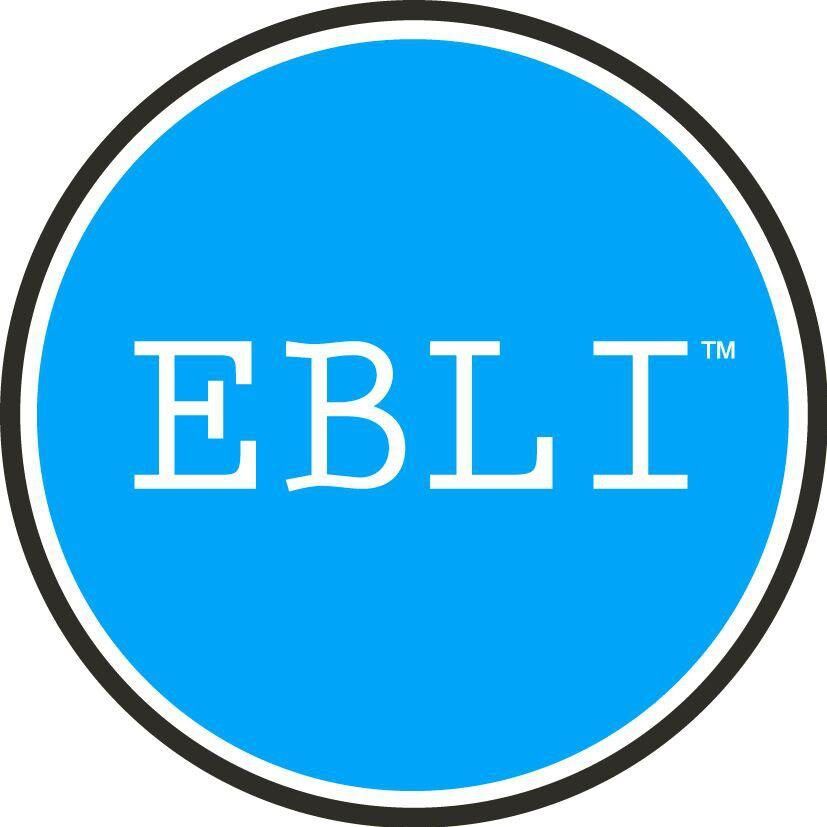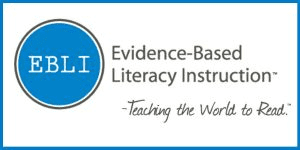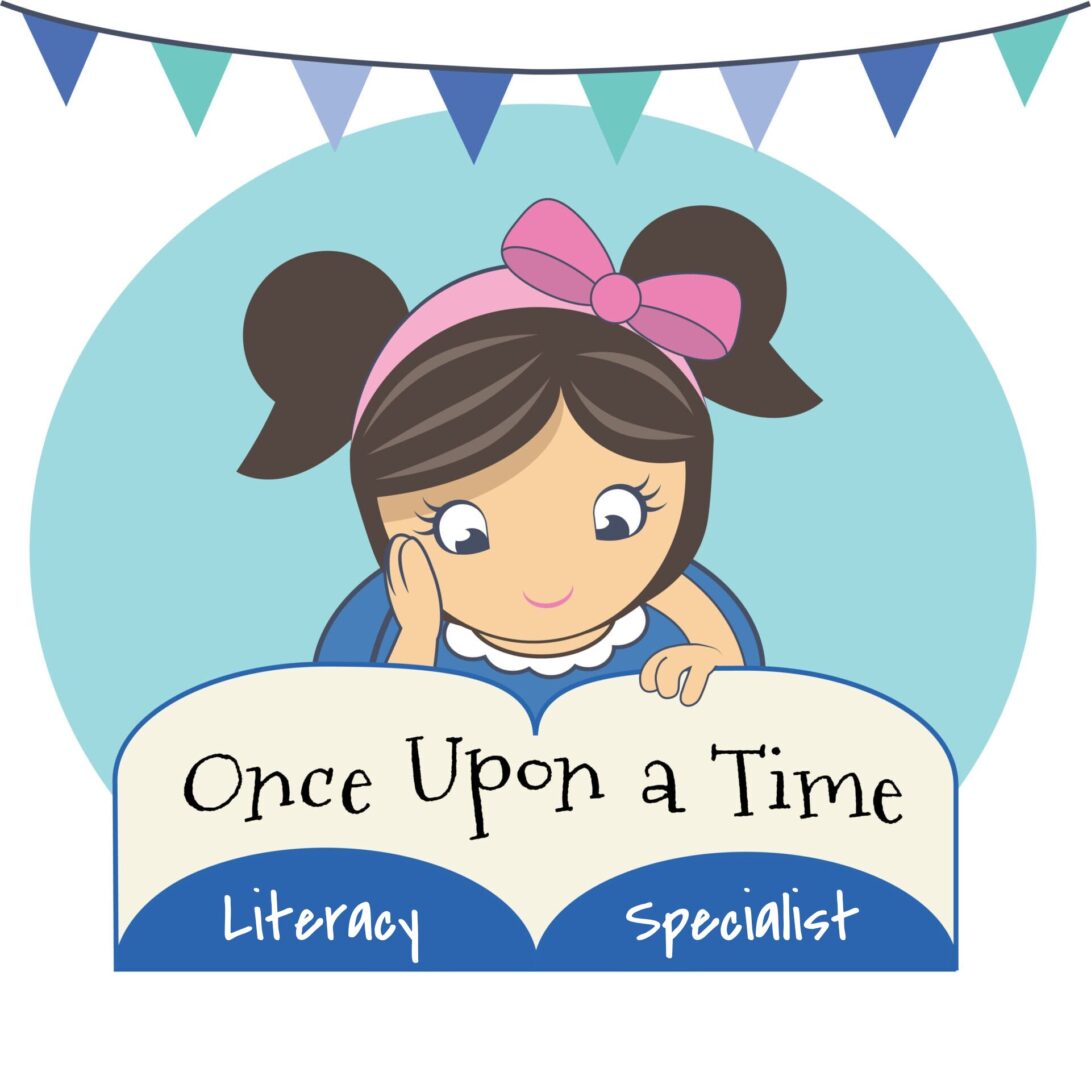
What is EBLI?
Evidence Based Literacy Instruction is an effective, efficient, systematic, research-based system for teaching reading, writing, and spelling. It is a linguistic or “speech to print” approach that teaches the process of reading and spelling rather than ineffective strategies like memorizing or guessing words. There is also an intense focus on vocabulary and comprehension.
Why EBLI?
- Sounds based
- Builds working memory
- Less of cognitive load
- Focus on phonemic awareness
- Move out of decodable and move to authentic text
- Focus on decoding/encoding multisyllabic words
- Emphasis on vocabulary
- Emphasis on Comprehension

What is the Orton-Gillingham Approach?
The Orton-Gillingham approach to teaching reading and spelling is based on the work and research of Dr. Samuel Orton and Anna Gillingham in the early to mid 1900’s along with the scientific research of best reading practices for people who struggle to learn how to read. OG is not a program. It is a well respected approach used for many years to successfully teach people how to read effectively, especially those who have a language-based learning disability like dyslexia. Through phonological awareness (sounds) to syllabication to morphological awareness (meanings), the Orton-Gillingham approach covers all areas of literacy.
The Principles of Orton-Gillingham
All trained OG educators follow a set of principles whenever they plan and execute a lesson with your child. Orton-Gillingham is:
- Systematic and Sequential: Lessons follow a specific order or progression and build on previously taught material.
- Multisensory: visual, auditory, tactile, and kinesthetic techniques are incorporated simultaneously.
- Prescriptive: Tutor makes decisions for instruction based specifically on the needs of the individual child.
- Diagnostic: Tutor assesses and creates lessons based on where the child is at in their current reading ability. Concepts and skills are taught for mastery.
- Explicit: Tutor uses direct instruction.
- Flexible: Tutor has the freedom to change the direction of a lesson plan based on a student’s performance.
Who benefits from the Orton-Gillingham Approach?
The Orton-Gillingham approach was developed specifically to be used with anyone who has a language based learning disability like dyslexia; however, all children will benefit from this type of instruction.

